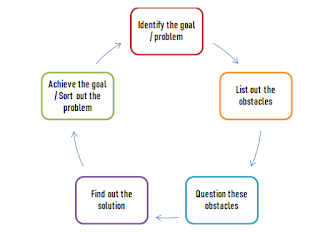First principle thinking
First principle thinking
If we have a goal / problem it’s important to learn first principles thinking because they give us a foundation on which we can build our understanding of any problem or anything in this world. Currently the person I hear talking about this most frequently is Elon Musk. The example he gave in an interview I saw related to the cost of batteries that would presumably be used in a Tesla electric vehicle. He mentioned that batteries were expensive, perhaps $600 per kilowatt of capacity, and would always be so. By looking at a battery from first principles Elon talked about asking what are the different components of a battery and what their cost may be on the commodity market. Then by purchasing these components and assembling as needed, they were able to arrive at a much reduced per battery cost. First Principle Thinking is a problem-solving approach that has been passed down through millions of years in our earth.
The foundation of first principles is based on Aristotle’s Metaphysics concepts related to “principles of being”. And many inventors used this approach and succeed in life including Benjamin Franklin and Johannes Gutenberg, to investor Charlie Munger, and most notably entrepreneur Elon Musk. It compels us to break down a problem into its fundamental building blocks, it’s essential elements, asking powerful questions, getting down to the basic truth, separating facts from assumptions and then constructing a view from the grounds up. The more you question the problem, the more elements you learn about, the higher the chances of solving a problem. It fills the gap between the incremental mindset to opening ourselves to the beautiful world of possibilities.
Major steps for First Principle
Thinking I felt this example will be clear what is first principle thinking is, “The game developer in Maddie games had a problem while creating Treasure tunnels game, he followed tunnel vision communication, groupthink theory. But he felt something was missing. He thinks about that, and tries to find his first motive while creating this game. His main motives that he lists out are: creativity, critical thinking, communication, collaboration and the last one is ‘Fun’. For fun, he imports nudging theory to confuse the player and makes them have self belief in them. Identify the goal / problem List out the obstacles Question these obstacles Find out the solution Achieve the goal / Sort out the problem

Comments
Post a Comment